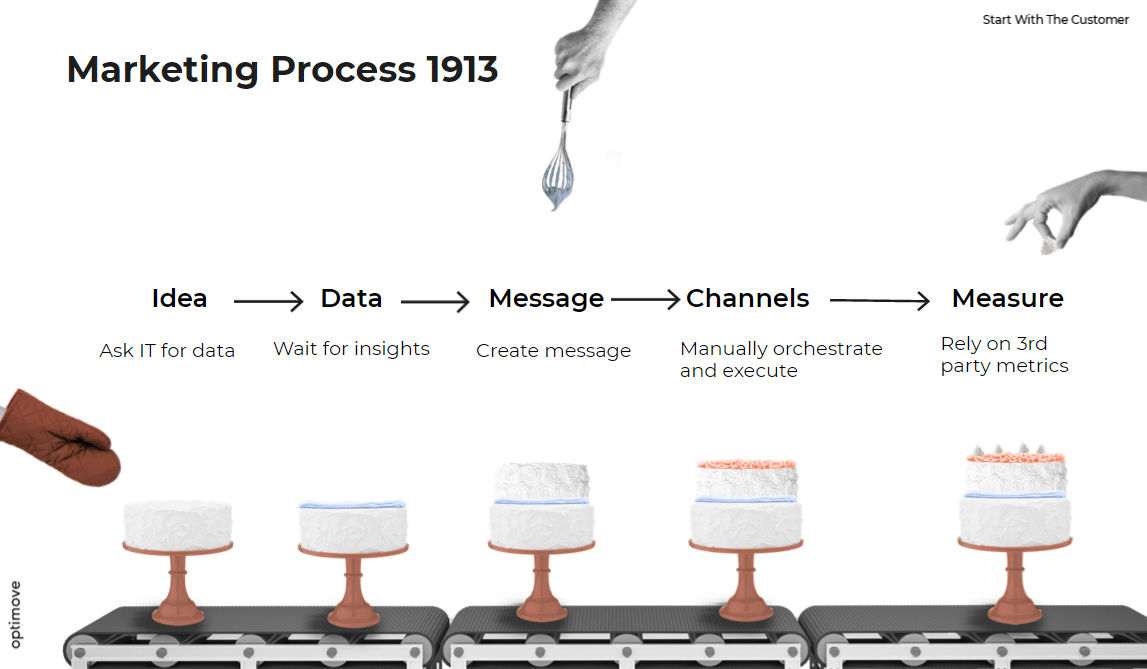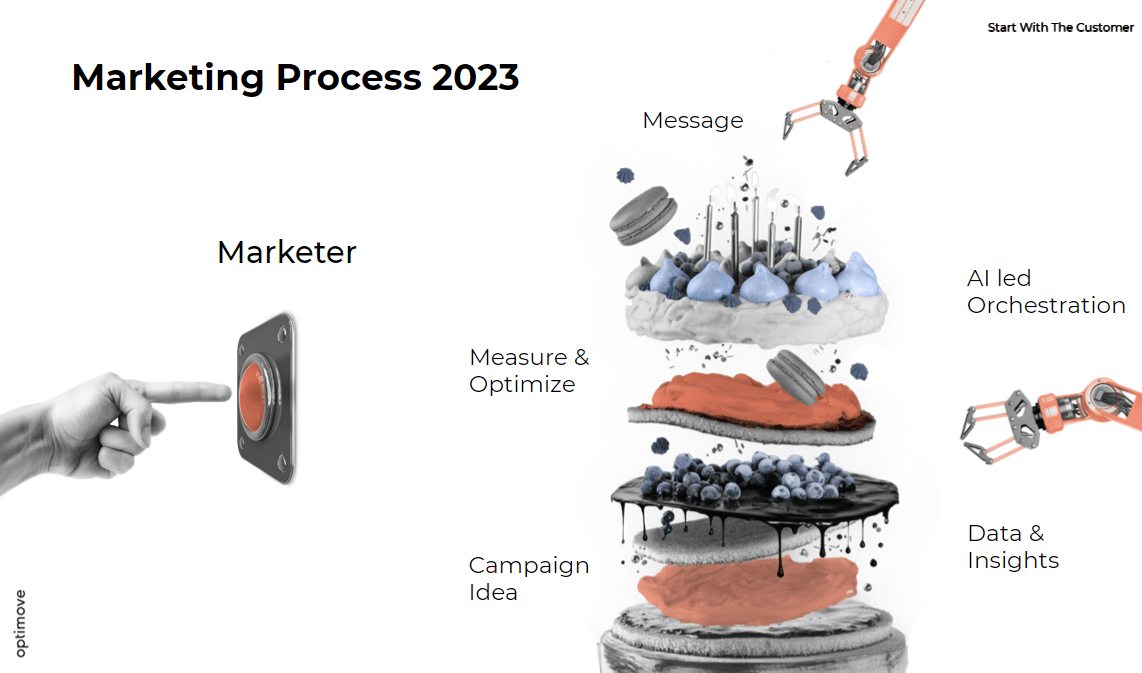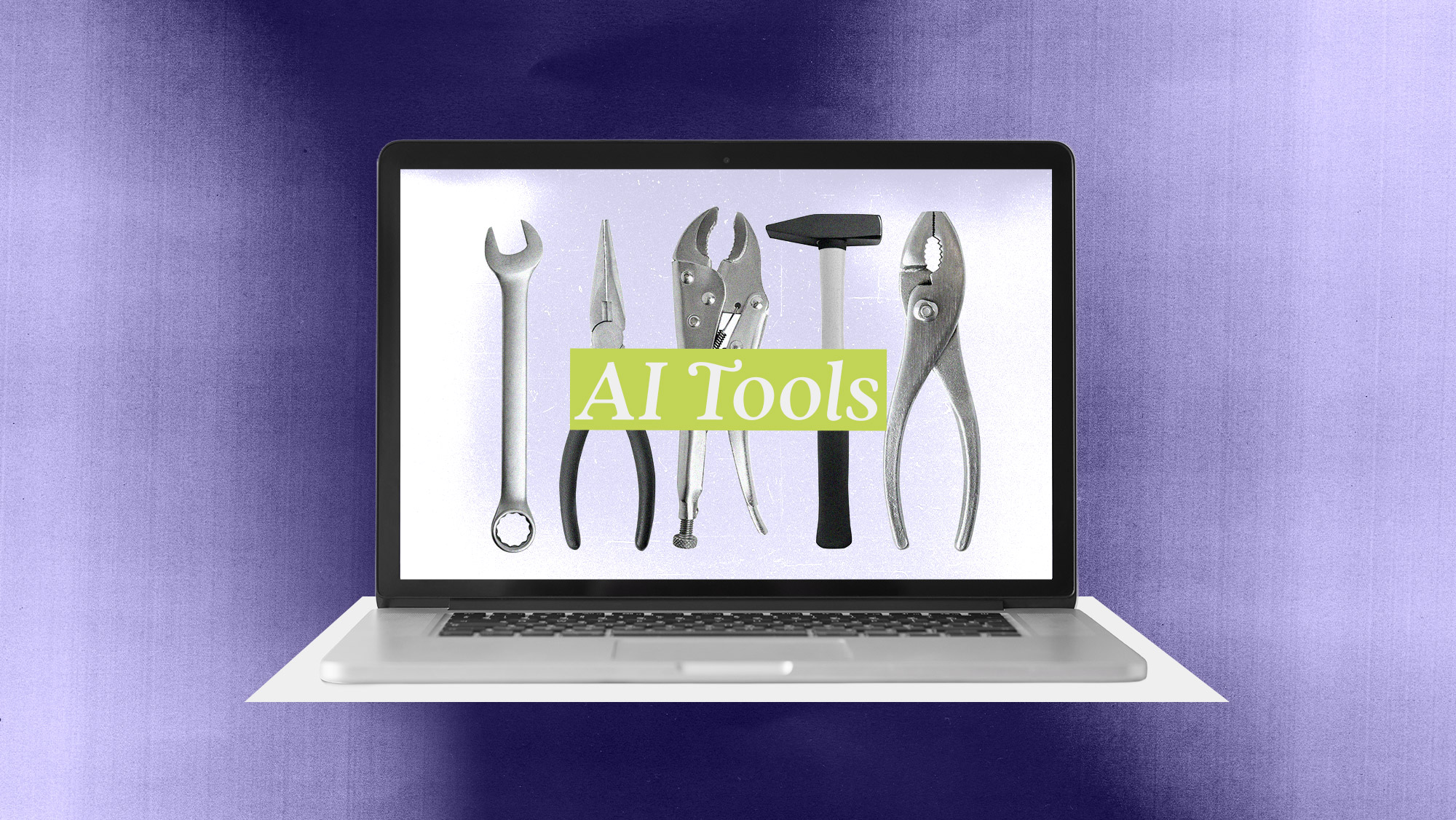
AI and the Retail Marketer’s Future
How AI transforms strategy and processes, driving the adoption of Positionless Marketing
Exclusive Forrester Report on AI in Marketing

The ultimate goal of all customer marketing is to foster loyalty and increase customer lifetime value. In order to achieve this complicated feat, the marketer needs to be able to anticipate the customer’s wants and needs, and to act on them with speed and precision. Speed is of the essence, as the customer is in constant motion, and conversion will only occur if it’s instigated at the proper timing. Precision is paramount, as conversion will occur only if the customer is served with the right offer tailored to his persona, affinities and position along the customer journey.
So, the marketer’s first commandment is to move at the speed of the customer. This requires the technology that enables you to move from ideation to execution at the speed of light and lets you interact with your customers across channels and in real-time. But firstly, a paradigm shift is in order. Traditionally, marketing has been executed according to the assembly line mindset: carrying out a campaign would involve different company functions and weeks to execute. The most important question to consider is: how much time does it take to get from ideation to execution in your marketing campaign? Your answer should be minutes or hours, not days or weeks.

In order to eliminate unnecessary steps or stakeholders in your campaign process and track dynamic changes, you need the technology to support your marketing endeavors. Today, marketing technologies help you streamline processes through the magic of cloud computing, API connectivity, automation and data science. The ability to execute ideas quickly, using these marketing tools, will encourage more creative ideas targeted at more customer segments. Thus, this will allow you to interact with an increasingly growing number of homogenic customer groups.

While speed is essential, it shouldn’t trump your goal for precision. In the context of customer marketing, precision is closely aligned with emotional intelligence. In a nutshell, this means that you should tailor your marketing messages to offer each audience the most appropriate campaign in terms of offer, creativity, and channel. Just like a salesperson approaches each customer who enters the store in a unique and personalized manner, so should you. Your marketing technology should provide you with a clear picture of your customers’ preferences, allowing you to contact them with the right information at the right time.
Technologies which support this challenge need to start out with a single customer view, consolidating data dispersed across multiple systems and databases into one central hub. Once you have established your customer ‘pantry’, you can start cooking with segmentation. Customer segmentation has been in use for decades, so make sure you’re using the most advanced segmentation available: as opposed to stagnant rule-based segmentation, your technology should be parsing your customer data with dynamic cluster analysis segmentation utilizing predictive analytics. This means that your segmentation will take into consideration the lifecycle stage of the customer, RFM data, the predicted LTV, and other segmentation layers that are unique to your business model and customer database.
As you cater to smaller and smaller segments, the average uplift you can expect to gain from your total customer base grows. In smaller groups, each customer will generate more uplift on average than if he or she were approached as a part of a larger group. When a group of customers is segmented and targeted by many small campaigns, the accumulated uplift is much higher in comparison to the results of a “spray and pray” campaign.
Customer loyalty has always been important, but today it has become the number one differentiator between your brand’s success or failure. eCommerce has dramatically lowered the entry bar into commerce, and competition today is fiercer than ever – as are customer expectations. In fact, 65% of customers said they have changed to a different brand because of a poor experience.
With the growing costs of customer acquisition and the myriad options savvy clients have at their fingertips, keeping customers loyal and engaged is imperative. Indeed, not only is loyalty today far from dead, it’s more important than ever, and with the rise of customer marketing technologies, it is increasingly tied to a brand’s bottom line. According to research, increasing customer retention by just 5 percent boosts profits by 25-95%. And as balancing the revenue from new and existing customers is crucial for the health of your business, customer loyalty is not a nice-to-have anymore; it’s a necessity.
Exclusive Forrester Report on AI in Marketing
In this proprietary Forrester report, learn how global marketers use AI and Positionless Marketing to streamline workflows and increase relevance.


Pini co-founded Optimove in 2012 and has led the company, as its CEO, since its inception. With two decades of experience in analytics-driven customer marketing, business consulting and sales, he is the driving force behind Optimove. His passion for innovative and empowering technologies is what keeps Optimove ahead of the curve. He holds an MSc in Industrial Engineering and Management from Tel Aviv University.


